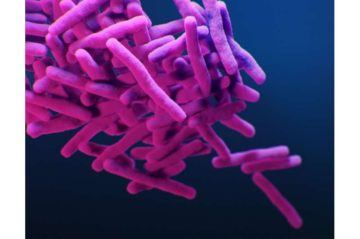From Phys.Org:
 Imagine you have 20 new compounds that have shown some effectiveness in treating a disease like tuberculosis (TB), which affects 10 million people worldwide and kills 1.5 million each year. For effective treatment, patients will need to take a combination of three or four drugs for months or even years because the TB bacteria behave differently in different environments in cells—and in some cases evolve to become drug-resistant. Twenty compounds in three- and four-drug combinations offer nearly 6,000 possible combinations. How do you decide which drugs to test together?
Imagine you have 20 new compounds that have shown some effectiveness in treating a disease like tuberculosis (TB), which affects 10 million people worldwide and kills 1.5 million each year. For effective treatment, patients will need to take a combination of three or four drugs for months or even years because the TB bacteria behave differently in different environments in cells—and in some cases evolve to become drug-resistant. Twenty compounds in three- and four-drug combinations offer nearly 6,000 possible combinations. How do you decide which drugs to test together?
In a recent study, published in the September issue of Cell Reports Medicine, researchers from Tufts University used data from large studies that contained laboratory measurements of two-drug combinations of 12 anti-tuberculosis drugs. Using mathematical models, the team discovered a set of rules that drug pairs need to satisfy to be potentially good treatments as part of three- and four-drug cocktails.
More here.
